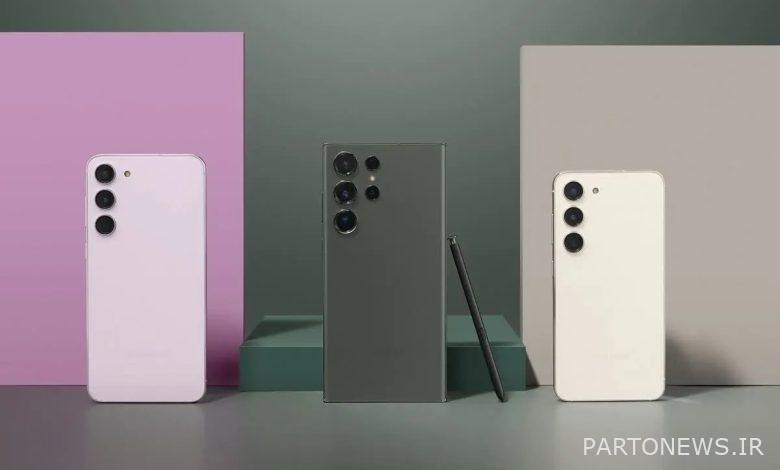The Galaxy S23 series does not support the “one-to-one update” feature

Samsung last week with the Galaxy S23 and S23 Plus Galaxy S23 Ultra revealed that while they’ve seen some decent hardware improvements, it’s now clear that the series is missing an important software feature: Seamless update Or Seamless Updates.
Integrated update allows Android phones to download and install updates in the background, and in the future, with a restart, this update will be installed on the device. This feature allows the user to install the update while working with their phone, and since the update is installed on a separate disk, they can roll back if needed.
Galaxy S23 series does not support seamless update
Prior to the release of Android 13, some rumors suggested that this version of Android would force seamless update support, but apparently that’s not the case. Samsung seems to have this feature for One UI 6.0 user interface It is expected to arrive at the end of this year. However, current reviews suggest that the Galaxy S23 series does not support this feature.
According to a report, at least the Galaxy S23 Ultra doesn’t support seamless updates. Inware and Treble Info apps have come to the conclusion by checking the system data that this flagship is not able to support the Seamless Updates feature. Therefore, Samsung has not brought this feature to its flagships for several years in a row.
One of the reasons why Samsung does not want this feature to be added to its flagships is the large amount of internal memory it occupies. Nevertheless, this year the Koreans are offering their flagships in the basic version with 256 GB of internal memory in most markets; So there should be no problem in this regard.
Along with increasing the memory of the basic version, Samsung’s own apps occupy a large amount of the memory of Samsung flagships. The space occupied by the system data of the Galaxy S23 Ultra is equal to 50 GB, which represents an increase of 20 GB compared to the system files of the Galaxy S22. Therefore, the problem should not be related to the internal memory of Samsung flagships, and probably Google’s friendly relationship with the Koreans has prevented the pressure on Samsung to add this feature.

